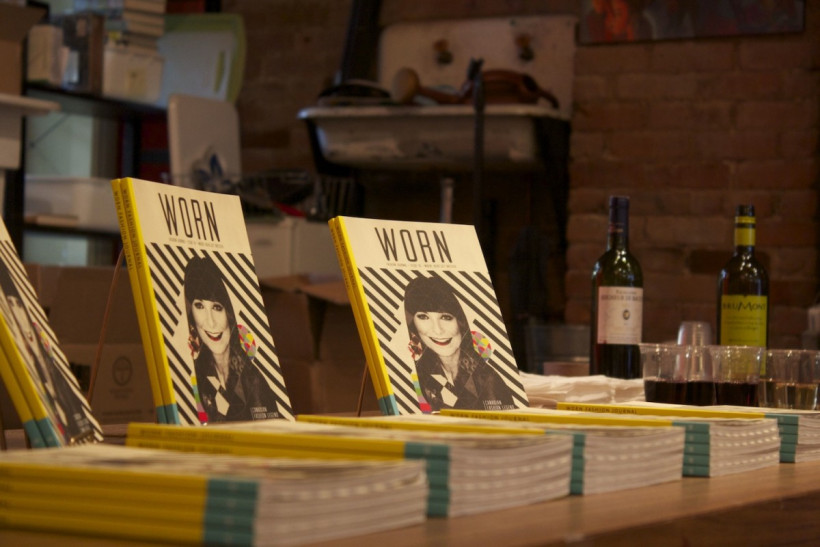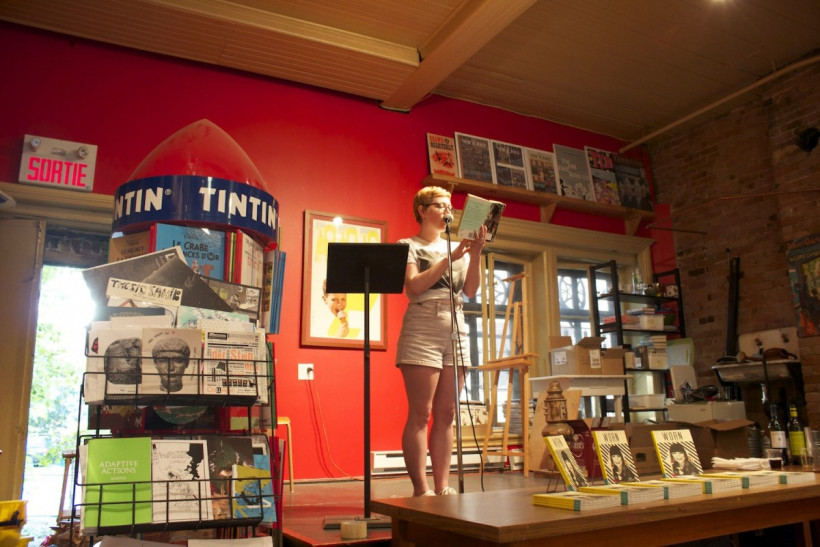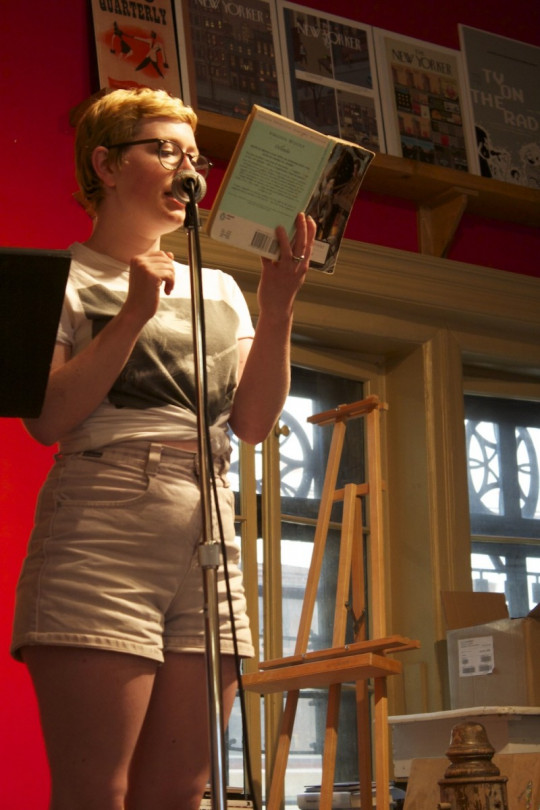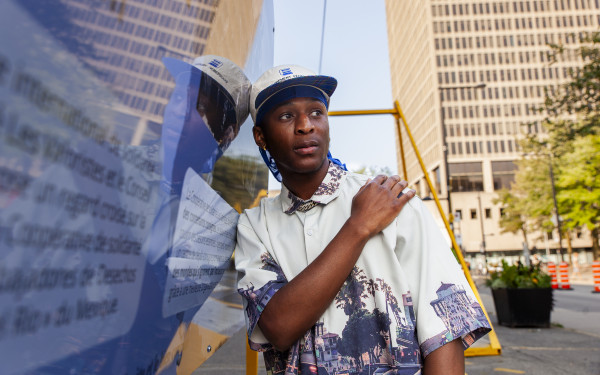Adding Texture to Print
Saying fashion doesn’t constitute art is a disputed claim from both the art world and otherwise. In fact, one of the expositions I remember most from my childhood museum trips was a collection of Yves Saint Laurent pieces at the Montreal Museum of Fine Arts, the city’s home for celebrated high art.
Toronto’s Worn Fashion Journal takes the argument further, sparking intelligent conversation alongside fashion showcases. With stories on surrealist sculpture in the garden to technology and fashion, Worn concentrates less on the clothes themselves than on the ideas that inspired their design. It celebrates personal style rather than the fashion industry, and discusses aesthetics as a product of culture and society. The journal focuses on the connections between art and fashion theory.
Among the magazine’s recurring features is a section entitled Books About Looks, a column dedicated to the appearance and influence of fashion in print. Although the latest issue included mostly books about fashion, Worn was also interested in discussing its place among works of fiction and other types of literature. Fashion plays an important role in the setting of any book. The clothing characters don mark the story’s era, as well as a character’s status. Today we use fashion as a vehicle of expression; an author can use fashion to introduce the reader to a character.
In hopes of continuing the conversation here in Montreal, the journal set up at Librairie Drawn & Quarterly on Bernard St. W., accompanied by a few bottles of wine and an audience equipped with excerpts from their favourite fashioned-themed novels.
Surprisingly, that was all that was prepared. The Facebook page had mentioned the fascination of Gatsby’s shirts, and I had been prepared for a talk that delved into the symbolism and influence of clothes and aesthetics in great literary works.
But, no such discussion took place.
The talk did include a passage from Virginia Woolf’s Orlando that presented the character’s struggle post transformation from male to female, along with many other beautiful excerpts and even a Spanish poem. As intriguing as they each were, the presentation lacked the discussion that Worn does so well in print.
The ideas were certainly there, however: a closer look at the fabric of literature guided by those who know it best could be insightful. Perhaps there’s an interesting new editorial in the works.




_600_832_s.png)




